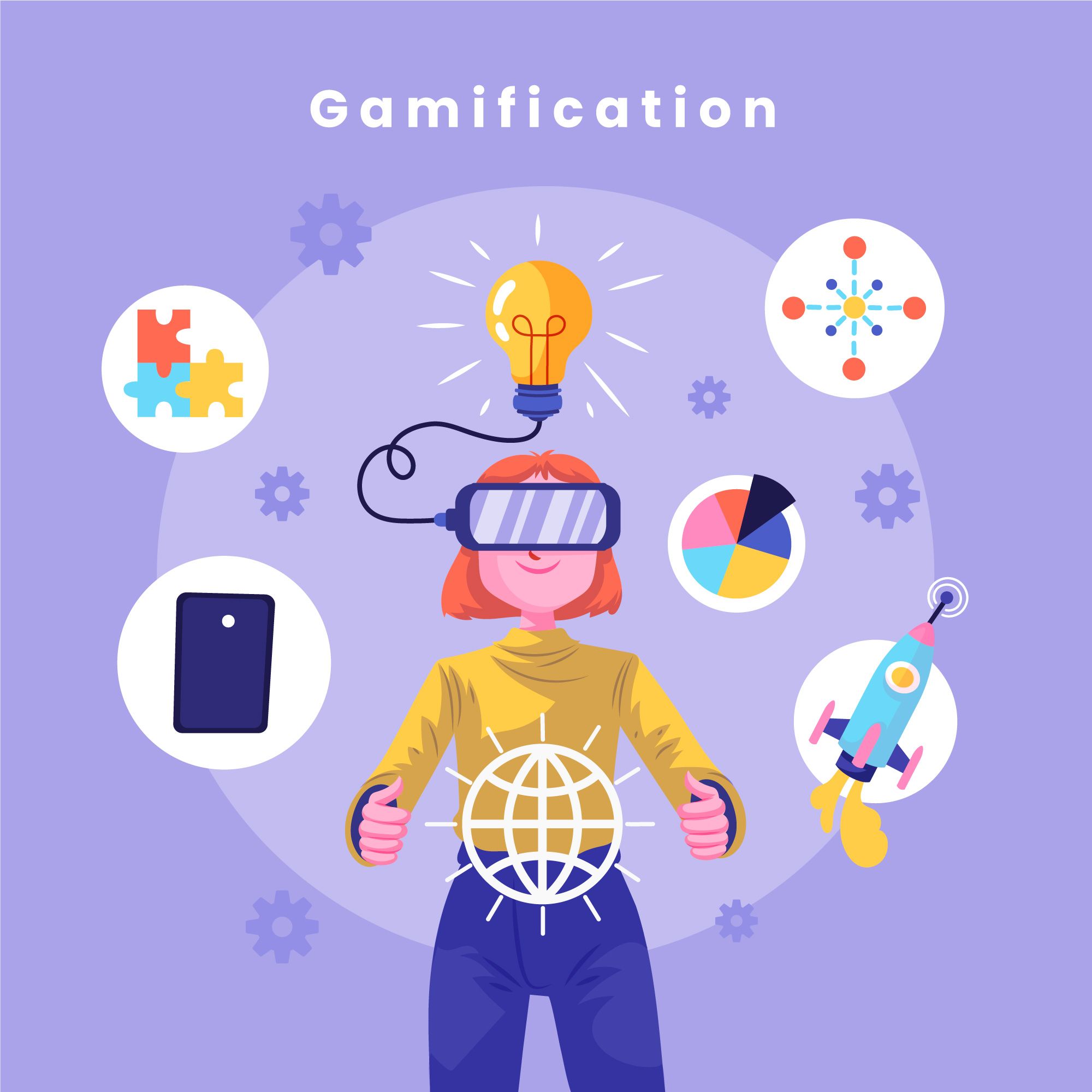How Lighting as a Service Boosts Workplace Productivity

Photo by freepik @ freepik
Today, creating an environment that enhances productivity is a top priority for companies aiming to improve employee performance and satisfaction. While companies focus on factors like employee engagement and workflow efficiency, the role of workplace lighting has become an essential contributor to productivity.
Proper lighting can significantly influence energy levels, focus, and even mood, ultimately impacting the effectiveness of day-to-day operations. This emphasis on lighting quality has led many businesses to explore Lighting as a Service (LaaS), an innovative solution that optimises lighting environments without requiring substantial upfront investments.
Read more: Top 10 Ways To Create A Lively Workspace
Read on to learn how Lighting as a Service can boost workplace productivity.
Understanding Lighting as a Service (LaaS): What It Entails
LaaS is a subscription-based model that enables businesses to implement, maintain, and optimise their lighting without the burden of high initial costs. Rather than purchasing lighting fixtures outright, companies partner with LaaS providers to handle installing, maintaining, and continually improving lighting systems. This setup is beneficial for companies seeking scalability, as LaaS providers can manage the entire lighting lifecycle to allow companies to focus on their core activities.
By outsourcing lighting needs, companies can gain access to advanced, energy-efficient technologies without needing in-house expertise. Therefore, investing in LAAS may be an excellent idea for those considering an upgrade to workplace lighting as they offer an efficient, sustainable option to boost productivity through tailored lighting solutions.
The Impact of Lighting on Workplace Productivity
Lighting can profoundly affect workplace productivity. Here’s how:
Enhanced Focus and Mental Clarity
Lighting directly influences cognitive function and focus. It’s believed that natural light or lighting that closely mimics natural daylight can improve concentration and mental clarity. Proper lighting can also reduce the strain on employees’ eyes and lower instances of headaches and fatigue that are linked to prolonged exposure to poor lighting.

With reduced physical strain and fewer distractions, employees can better concentrate on complex tasks, which is especially important in settings where precision is critical. Furthermore, blue-enriched lighting, which is common in LaaS setups, has been found to support mental alertness. Blue light wavelengths can stimulate the brain by increasing alertness and mental performance. This makes it ideal for high-focus areas like conference rooms or brainstorming spaces.
Improved Mood and Employee Well-Being
Lighting also plays a significant role in emotional well-being. Inadequate or dim lighting can make spaces feel closed-off or dreary, contributing to low morale or even anxiety among employees. Conversely, environments with optimised lighting foster a positive atmosphere, which can uplift employees’ mood and morale. Employees who feel comfortable and motivated in their workspace are more likely to engage fully with their tasks and produce high-quality work.
Additionally, LaaS enables companies to leverage dynamic lighting controls by adjusting brightness levels according to the time of day or seasonal variations. This adaptability supports employees’ natural circadian rhythms, which helps them maintain a balanced state of alertness and relaxation throughout the day.
Key Advantages of LaaS for Workplace Productivity
Lighting as a Service (LaaS) offers businesses a flexible, cost-effective way to enhance workplace productivity through optimised lighting solutions. Some key advantages include:
Reduced Downtime and Operational Disruptions
Maintenance is a critical component of any lighting solution. Traditional lighting systems may require frequent repairs or replacements, disrupting the workspace and reducing productivity. LaaS providers, however, include maintenance as part of the service package. In the event of malfunctions or outages, LaaS providers swiftly address these issues, minimising downtime.
Also, because LaaS includes real-time monitoring, providers can detect and address lighting inefficiencies before they become noticeable to employees. This proactive maintenance approach reduces the likelihood of unexpected lighting-related interruptions and ensures that lighting systems consistently support productivity goals.
Increased Energy Efficiency and Cost Savings
LaaS relies on advanced, energy-efficient technologies, such as LED lighting, which reduce energy costs and positively impact the environment. Lower energy consumption results in fewer operational expenses, which frees up funds for other productivity-enhancing initiatives. As companies work towards sustainability goals, LaaS providers can also offer data on energy consumption, allowing companies to track their impact and optimise usage further. These energy savings translate to lower overheads and a greater return on investment.
For organisations looking to meet sustainability goals, efficient lighting systems can contribute to corporate social responsibility initiatives, enhancing their public image and appealing to employees and clients.
Customisable Lighting Solutions to Fit Business Needs
Every workplace has unique requirements based on its design, layout, and operational goals. LaaS providers offer personalised lighting plans, allowing businesses to tailor lighting conditions according to different zones, activities, and employee needs. For instance, workstations might benefit from focused, direct lighting to enhance individual performance, while collaborative areas may require softer, more diffuse lighting to create a comfortable group setting.

LaaS providers can also modify lighting solutions as the workplace evolves. This flexibility is advantageous for companies planning future expansions or redesigns, as LaaS partners can adapt lighting systems to accommodate new configurations or workflow changes.
Supplementary reading: Making The Best Of Your Office Space
How LaaS Technology Supports Employee Health and Productivity
Lighting as a Service (LaaS) enhances employee health and productivity by providing adaptable, data-driven lighting solutions. Here’s how LaaS technology can support employee health and productivity:
Incorporation of Smart Lighting Systems
LaaS providers utilise smart lighting technology that adjusts automatically based on various conditions, such as the amount of natural light entering a space or the occupancy level in a room. Sensors can detect when rooms are empty and dim the lights to save energy, while occupancy sensors activate lighting as needed, creating an energy-efficient environment that still prioritises productivity.
This may interest you: Why Eco-Friendliness Should be a Priority for Businesses
Moreover, smart lighting systems allow users to control the colour temperature throughout the day. Cooler tones can be applied in the morning to boost energy levels, while warmer tones in the late afternoon can help employees wind down, fostering a more balanced workday.
Reduction of Eyestrain Through Adaptive Lighting
Excessive or insufficient lighting can lead to eyestrain, which reduces productivity and contributes to employee discomfort. LaaS providers can design lighting systems that minimise glare and maintain consistent brightness levels. By adapting to daylight variations and employee needs, LaaS solutions can create an environment that minimises eyestrain, which supports better productivity and reduces health-related issues associated with poor lighting.
Data-Driven Insights to Continuously Improve Lighting Quality
Many LaaS providers offer data-driven insights that enable companies to continually assess and refine their lighting environment. Businesses can monitor lighting usage patterns and employee feedback through data analytics to fine-tune their setup for optimal results. This data-driven approach ensures that workplace lighting consistently aligns with productivity goals, even as employee needs evolve.
Transforming the Modern Workplace with LaaS
The modern workspace demands flexibility, efficiency, and adaptability, making LaaS an invaluable solution for businesses looking to enhance their lighting environment strategically. Beyond illumination, LaaS offers a pathway to a more responsive, health-conscious, and productive workplace.
By providing businesses with access to advanced technology and ongoing maintenance, LaaS empowers companies to create environments that foster productivity while optimising costs.

Final Thoughts
Lighting as a Service enhances the physical workspace and contributes significantly to employee well-being, focus, and productivity. As companies continue to seek innovative solutions for improving workplace efficiency, LaaS emerges as a practical and sustainable choice. By keeping the information mentioned above in mind, companies can unlock higher performance levels and foster a thriving, adaptable work environment that meets the needs of today’s dynamic workforce.
Leaderonomics.com is an advertisement-free website. Your continuous support and trust in us allow us to curate, deliver and upkeep the maintenance of our website. When you support us, you enable millions to continue reading for free on our website. Will you give it today? Click here to support us.
Functional
Tags: Abundance Mindset, Building Functional Competencies, Business Management, Consultant Corner
Michael Turner is a facilities management consultant with expertise in energy-efficient solutions. In his article, he explores how "Lighting as a Service" (LaaS) can boost workplace productivity by providing consistent, high-quality lighting without high upfront costs. By improving focus, reducing eye strain, and supporting employee well-being, LaaS enhances the work environment. Outside of consulting, Michael enjoys hiking, attending tech expos, and experimenting with smart home solutions.





